'Black spot' or not...
almcclur Amanda z9a San Antonio
18 years ago
Related Stories

BATHROOM DESIGNSpotted: Refrigerators in the Bathroom
You read that right. Before you protest, here are seven good reasons why people are chilling in the bath
Full Story
HOUSEKEEPINGOut, Darn Spot! Tips for Removing Carpet Stains
Know the right solutions and when to use them to prevent stains from pets, soda, chocolate, blood and more
Full Story
KITCHEN DESIGN12 Items Worth a Spot on Your Kitchen Counter
Keep these useful tools and accessories out in the open to maintain high function without spoiling the view
Full Story
HOUZZ TOURSMy Houzz: Color Hits the Spot in a White-on-White Scheme
Bright red furniture strikes a dramatic pose against snowy walls and floors in a Montreal loft
Full Story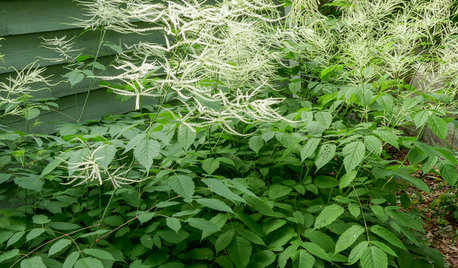
FLOWERS AND PLANTSAruncus Dioicus Is a Stately Plant for Shady, Moist Garden Spots
Plant goat’s beard in perennial and woodland gardens. Its large white spring blooms attract bees, beetles and butterflies
Full Story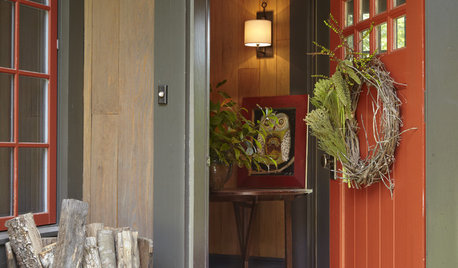
HOLIDAYS12 Home Hot Spots for Holiday Decorating
Deck these areas with garlands, lights and other seasonal decorations, and watch a festive mood take hold
Full Story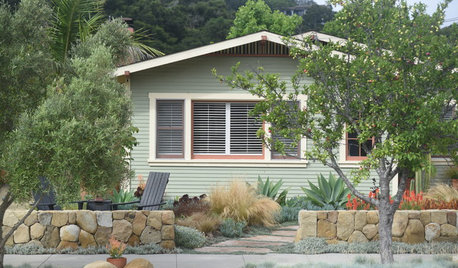
LANDSCAPE DESIGNHow and What to Plant in Dry, Sunny Spots
Save water and improve your site’s look with these design tips and help from a pro
Full Story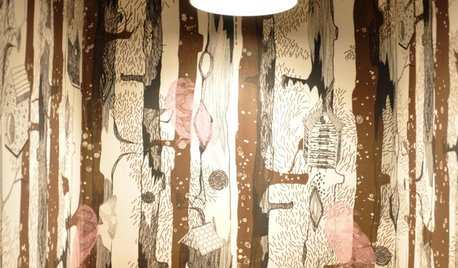
DECORATING GUIDESCool Wallpaper Spotted: Wait, No It's Fabric!
Woodsy-modern pattern adds whimsy and color to a baby-friendly bathroom
Full Story
COLORGet a Soft Spot for Sea-Glass Green
Soften a room's look by washing its walls in this delightfully airy shade, no sand in your shoes required
Full Story






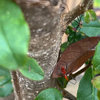
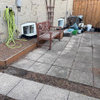

alfie_md6
almcclur Amanda z9a San AntonioOriginal Author
Related Professionals
Erie Landscape Architects & Landscape Designers · Folsom Landscape Architects & Landscape Designers · Dallas Landscape Contractors · Fairfield Landscape Contractors · Gallatin Landscape Contractors · Northbridge Landscape Contractors · Wickliffe Landscape Contractors · Austin Decks, Patios & Outdoor Enclosures · Asheville Decks, Patios & Outdoor Enclosures · Greendale Decks, Patios & Outdoor Enclosures · Lakewood Decks, Patios & Outdoor Enclosures · Manchester Decks, Patios & Outdoor Enclosures · Palmetto Decks, Patios & Outdoor Enclosures · Saint Louis Park Decks, Patios & Outdoor Enclosures · South Lyon Decks, Patios & Outdoor Enclosuresalfie_md6
User
creatrix
jean001
almcclur Amanda z9a San AntonioOriginal Author
jean001
K
rhizo_1 (North AL) zone 7
almcclur Amanda z9a San AntonioOriginal Author
alfie_md6
rhizo_1 (North AL) zone 7
User
Organic_25yrs
almcclur Amanda z9a San AntonioOriginal Author
almcclur Amanda z9a San AntonioOriginal Author